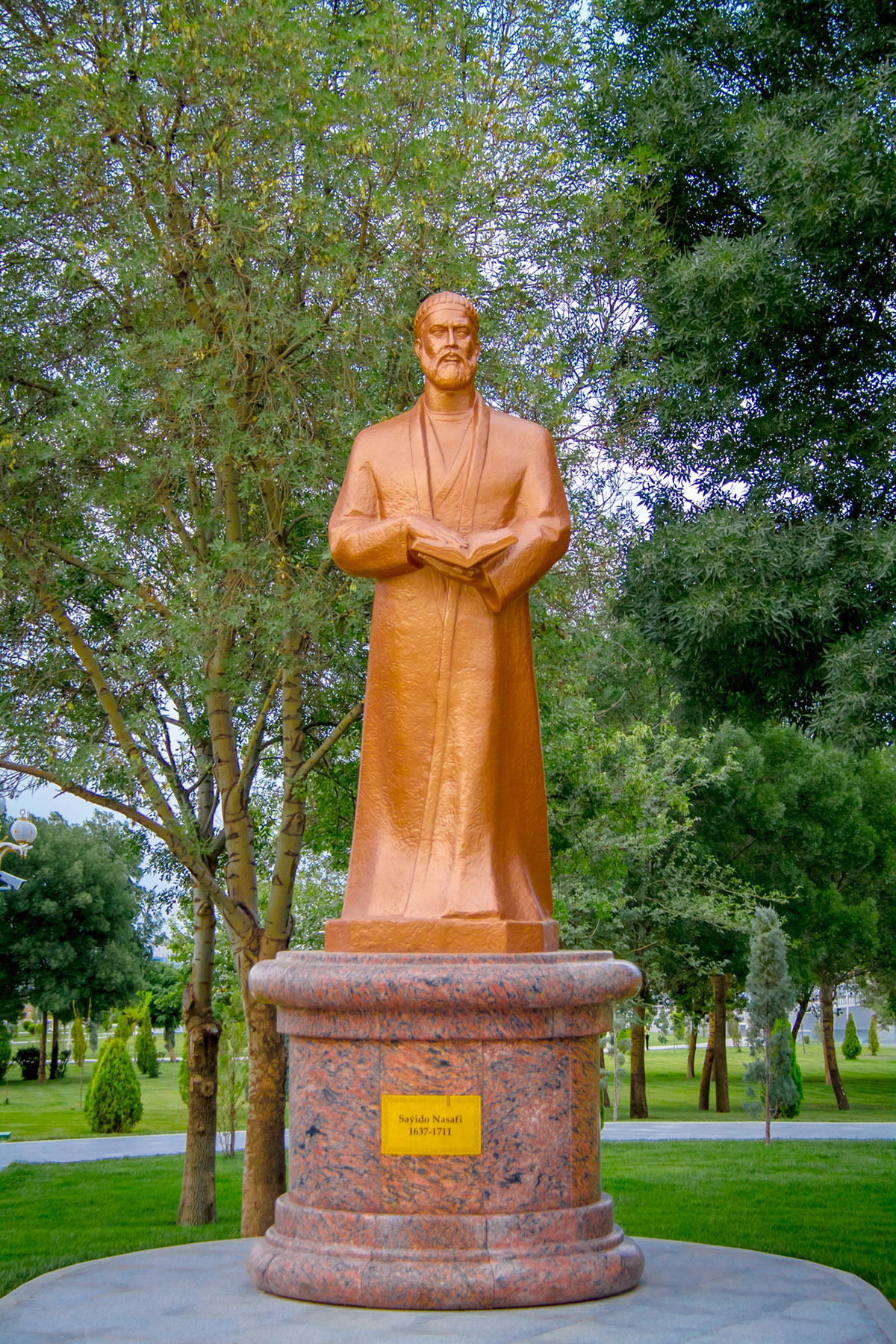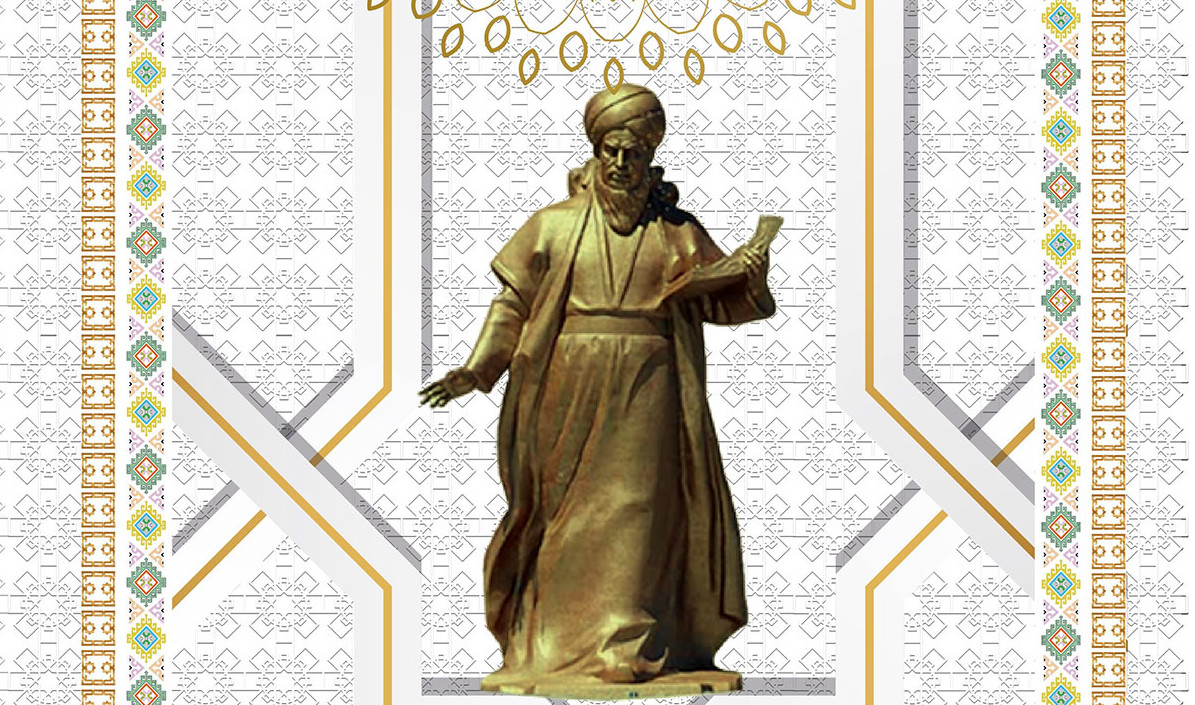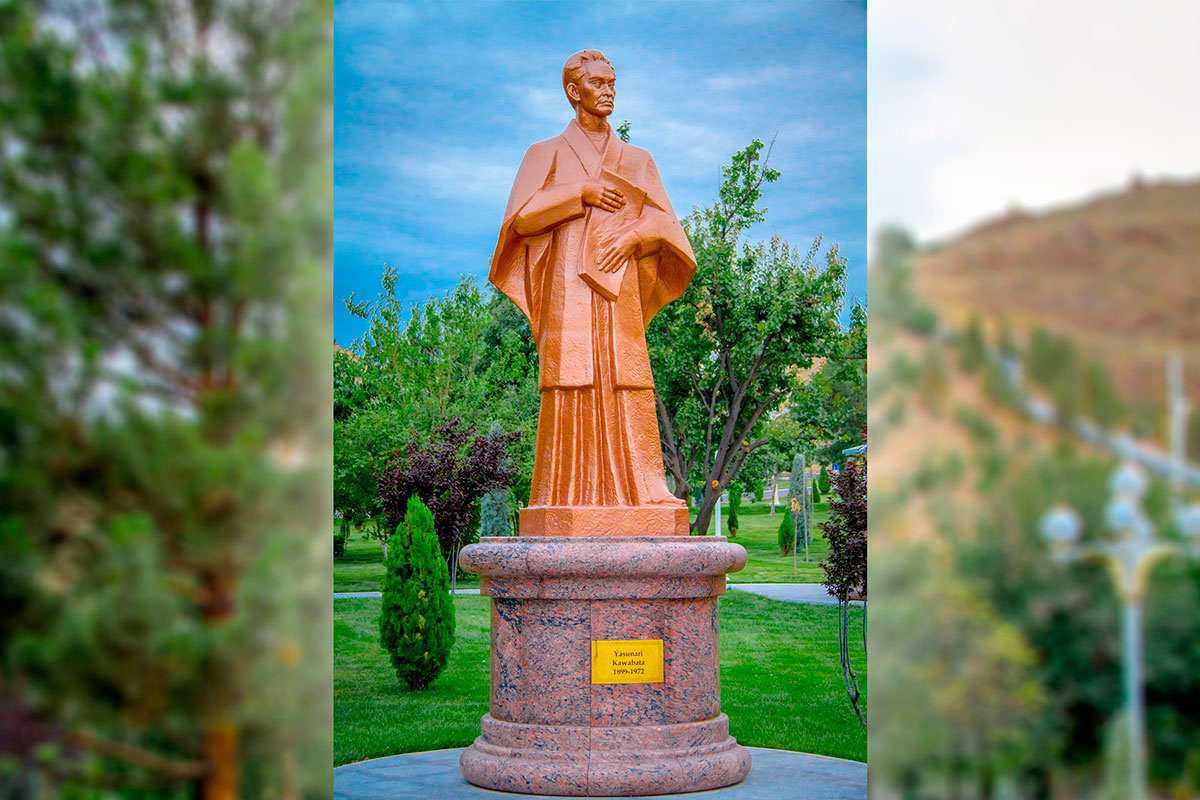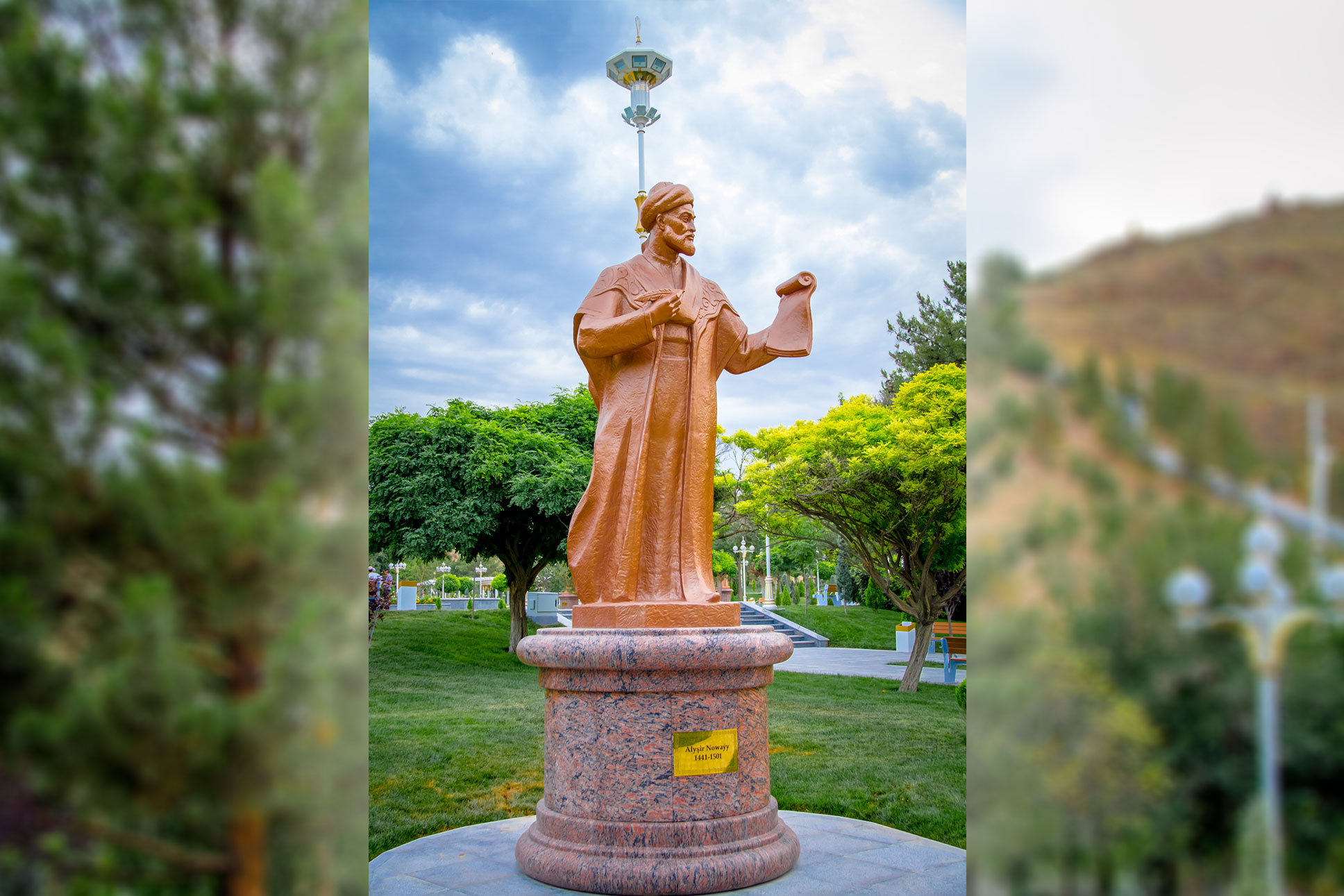This year, in a solemn ceremony to commemorate the 300th anniversary of the birth of the classic of Turkmen literature Makhtumkuli Fragi and a new cultural and park complex of the capital was opened in his honor in the foothills of Kopetdag. It is symbolic that this large-scale object, in addition to the majestic monument of Makhtumkuli, includes an alley of famous poets and thinkers from various countries and eras, which emphasizes its importance in the context of friendship of peoples and unity of the cultural heritage of mankind. There are 24 monuments on the territory of the park complex world-famous writers and poets from around the world.
The editorial board of the Golden Age considered it right, if possible, to acquaint the reader, especially children and youth, with the life and work of outstanding personalities whose monuments adorn Makhtumkuli Alley. This is also important because some of the geniuses of their time represented here have visited Turkmenistan. "GA", publishing information about them, does not pretend in any way to the completeness of coverage of materials about a particular person, especially since many of them after a long period of time, not much information has been preserved.
Our short story today is about the classics of Tajik literature by Sayyido Nasafi. Sayido received his primary education in Bukhara. There he worked as a weaver and lived in poverty. He knew the life and needs of artisans well, and wrote many poems about their work. His poetry, rich in genres, expresses condemnation of the despotic the arbitrariness and internecine strife that tore apart Central Asia in the 17th century. Sayyido Nasafi's works combined classical Persian and the spoken language of the Tajik people. The poet's creative heritage is distinguished by its genre diversity.
Sayyido Nasafi's works are very popular in the poetic forms of ghazal, Muhammad, and qasida. The ideas put forward in his poems are of particular importance for the development of good manners, hard work, humanity, and conscientiousness in a person. They are also very important from an educational point of view.
Nasafi's work, which brought a lot of new things to the understanding of traditional poetic images, had a significant impact on the development of so-called urban literature, in particular the genre of Shakhrashub (works of poets who glorified the work of urban artisans). In Nasafi's poems More than 200 urban professions are mentioned. The literature of urban artisans spread mainly in the middle cultural environment, where a sense of humor, the ability to make fun of others and take jokes in their own address, if necessary, evil and cruelly ridiculed, were highly appreciated. Therefore, satire and humor occupied a large place in the works of artisan poets, including Nasafi. Like most of his contemporary poets, Sayyido spent some time at the courts of the khans of that time and wrote odes of praise in their honor, but then he retired from court life and he broke with the traditional themes of court poetry.
Among the works of S.Nasafi there are poems that represent in their content a historical chronicle of various events of that time, as a result of which they acquire historical interest. S. Nasafi died in 1711. His works are classics of Tajik literature. Squares and streets of cities are named in his honor.








